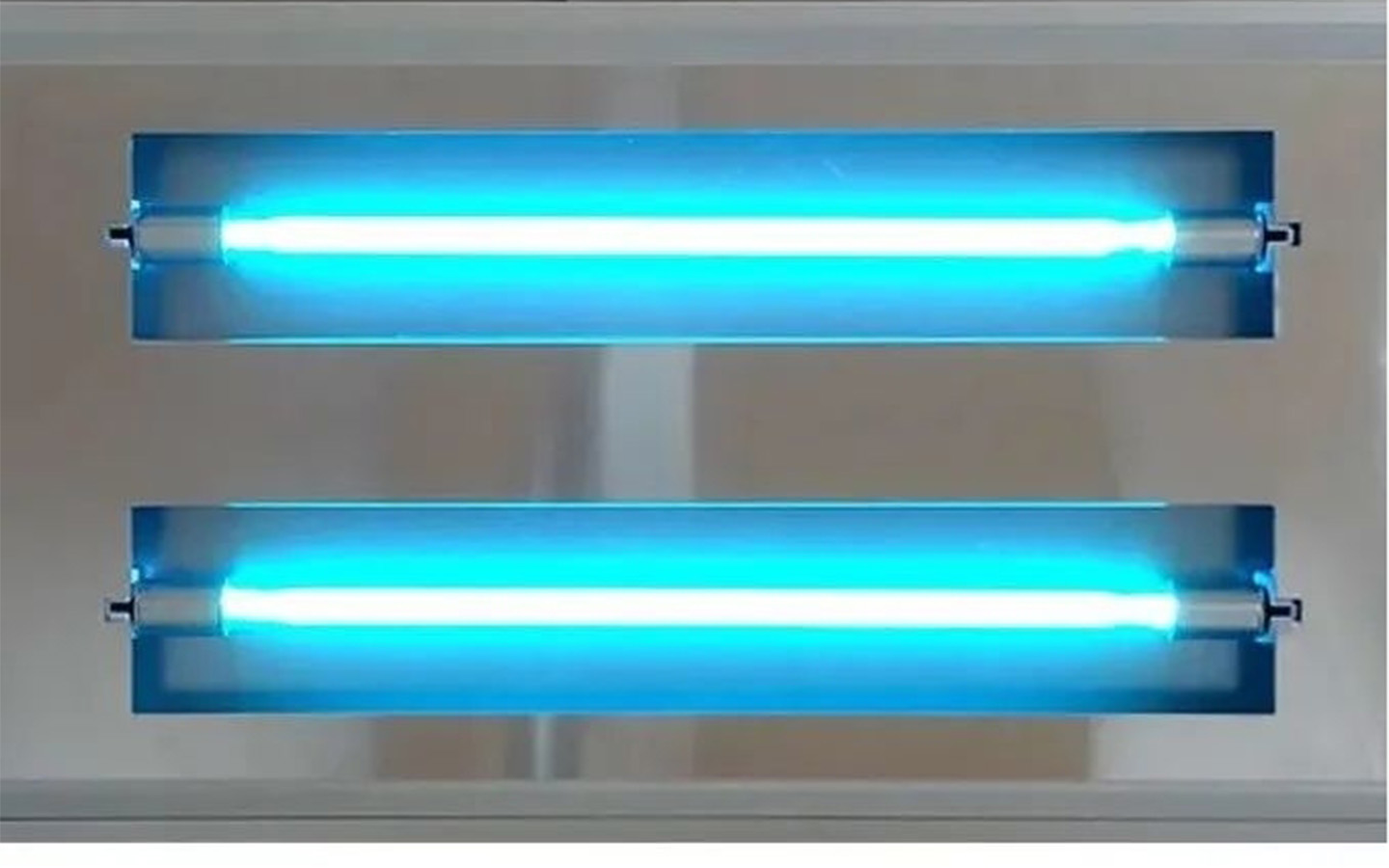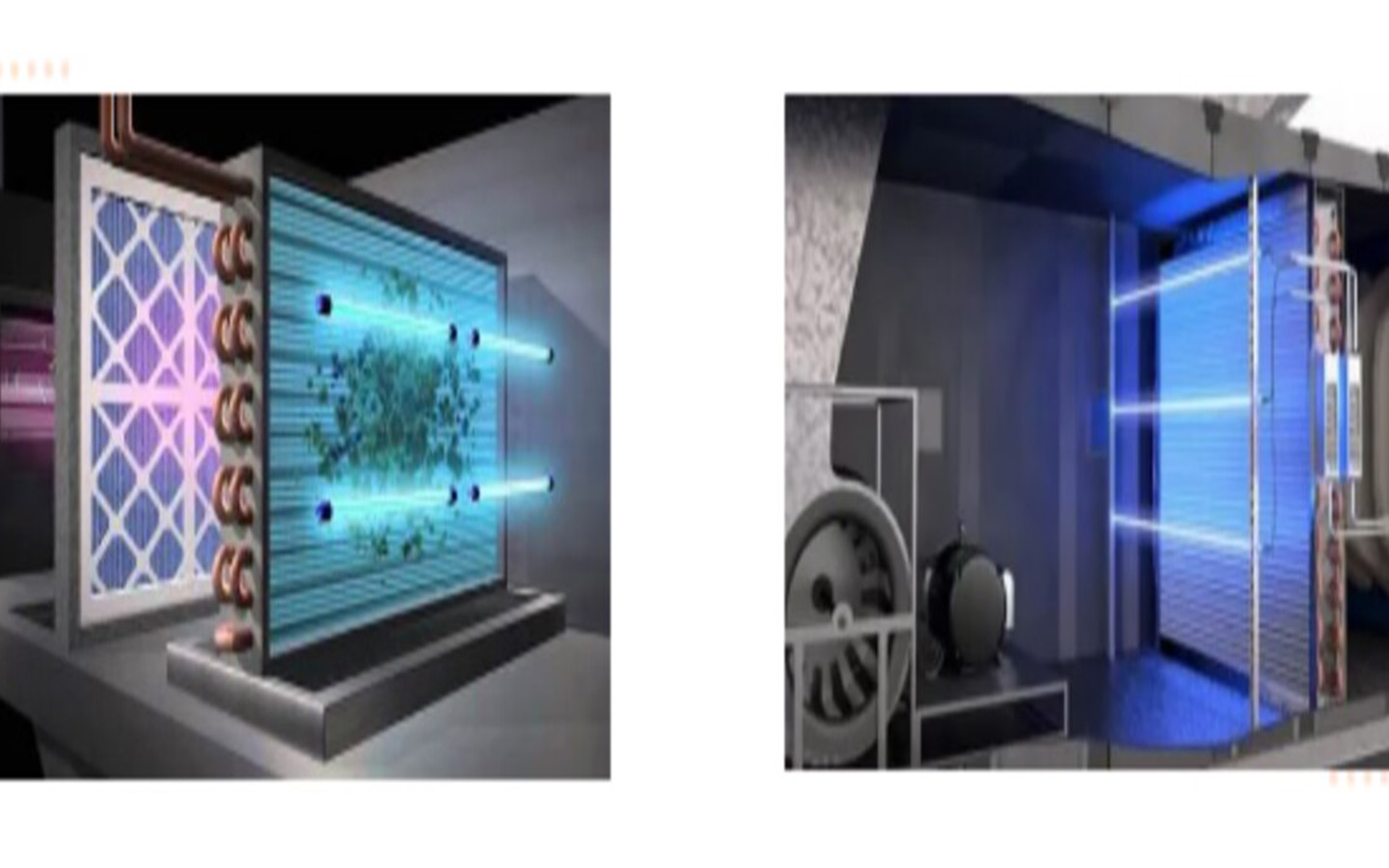
1. Factors affecting the effectiveness of ultraviolet sterilization:
(1) Lamp usage time: The sterilization power of UV lamps decreases as the usage time increases. Generally, after 100 hours of use, the output power of UV lamps becomes lower than the rated output power. The average lifespan of domestically produced UV lamps is usually around 2000 hours.
(2) Environmental conditions: The best sterilization effectiveness of UV lamps is achieved under environmental conditions of 20℃ and relative humidity of 40-60%. When the temperature is 0℃, the sterilization effectiveness is less than 60%.
(3) Irradiation distance: Within a distance of 500mm from the center of the lamp, the intensity of irradiation is inversely proportional to the distance. Beyond 500mm, the intensity of irradiation is roughly inversely proportional to the square of the distance.
(4) Types of microorganisms: Due to the diverse membrane structures and shapes of organisms, the sterilization effectiveness, or the sterilization rate, of UV light varies. For example, assuming the product of irradiation intensity and irradiation time as the irradiation dosage, Escherichia coli requires a dosage of 1, Staphylococcus aureus and Mycobacterium tuberculosis require about 1-3, Bacillus subtilis and its spores and yeast require about 4-8, and fungi require about 2-50.
(5) Installation method: The penetration rate of UV light is relatively low, and it is greatly affected by obstructions and installation methods. In biological cleanrooms, there are typically several installation methods, including overhead lights, side lights, and top lights. Among them, top lights provide the best sterilization effectiveness.
Due to the limitations of UV sterilization and its potential harm to human health during the sterilization process, the use of UV lamps for comprehensive sterilization of biological cleanrooms is rarely employed. It is only applied in individual rooms or specific work areas such as changing rooms and laundry rooms. Currently, the commonly used method of UV sterilization is gas-phase circulation disinfection combined with HVAC systems.

2. Gas-phase circulation disinfection:
Gas-phase circulation disinfection involves taking certain measures to allow air to circulate in an organized manner through the effective irradiation area of UV lamps. This increases the irradiation time and intensity without leakage of UV light that can harm humans or generate ozone. In this way, UV lamps can continuously operate without shutting down, achieving the goal of disinfecting circulating air and significantly improving the disinfection effectiveness.


 Español
Español Русский
Русский Tiếng Việt
Tiếng Việt 中文
中文 suomi
suomi Français
Français Português
Português English
English Deutsch
Deutsch Français
Français Español
Español Italiano
Italiano Português
Português Pусский
Pусский


